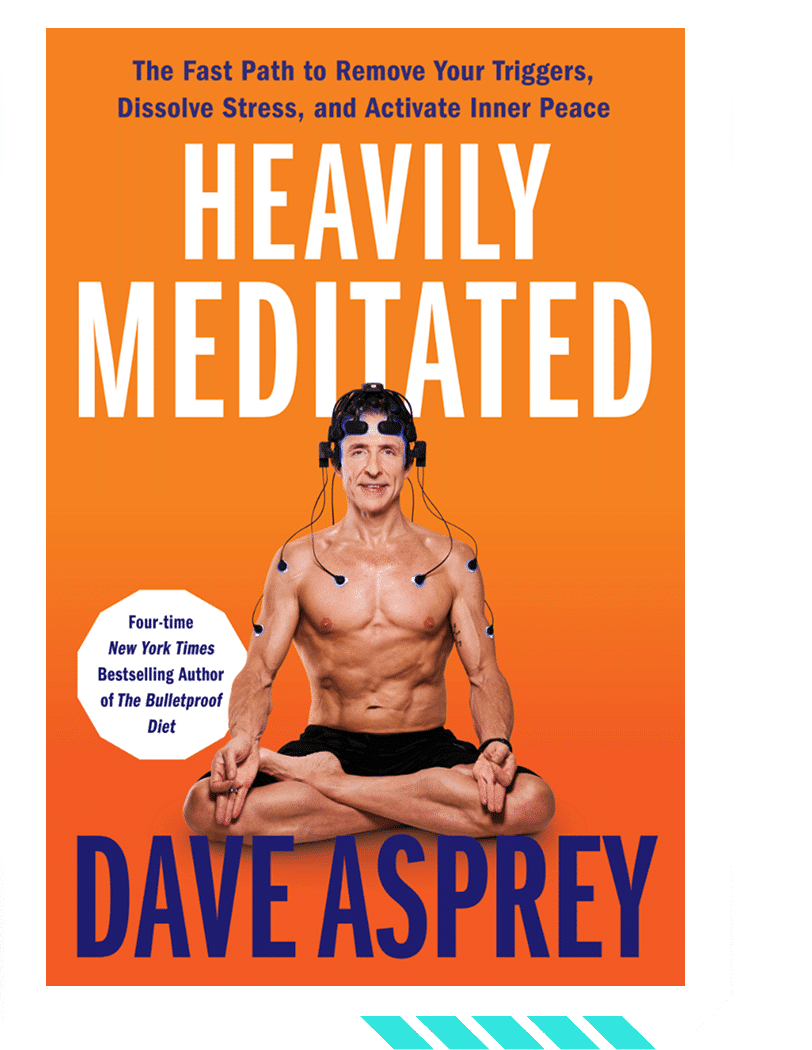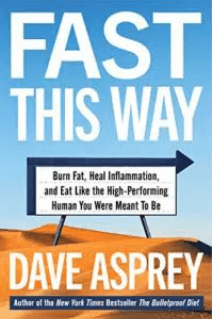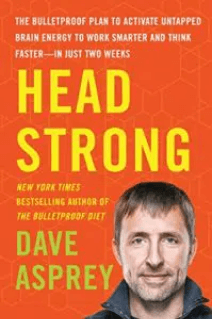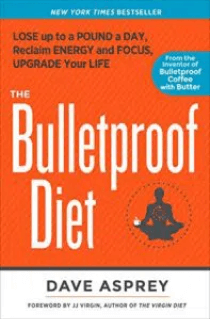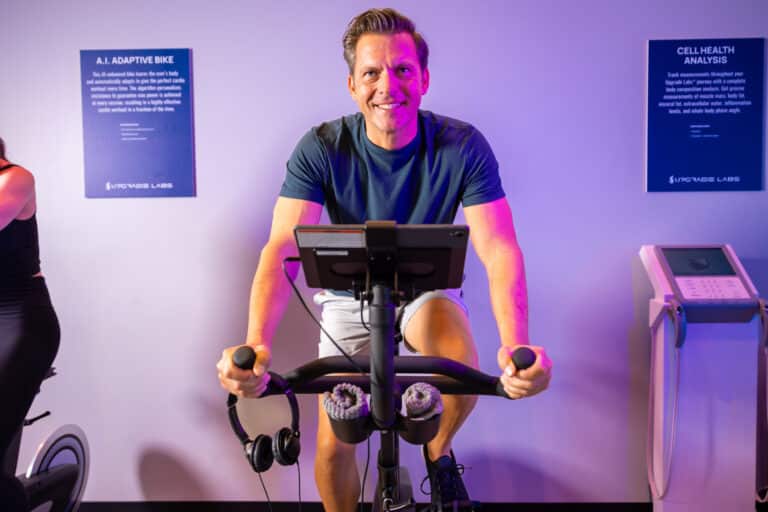
Humans have the tendency to think “if something is good, more must be better”. That’s why you’ll see people over-fasting, overdoing a ketogenic diet, or overexercising themselves to the point of exhaustion. The truth is – you don’t have to suffer for hours on a treadmill to get results. There’s a better way.
You’ve probably heard of HIIT, or High Intensity Interval Training, which is a more time-efficient way to get into shape than normal running or cycling. It usually involves a series of short bursts of all-out sprints followed by periods of recovery. Benefits of HIIT include improved mood, fat loss, and a lower risk of cardiovascular disease, type II diabetes, and certain types of cancers [1]. Studies show that HIIT improves your VO2max, a measure of cardiovascular fitness, more than moderate-intensity cardio [2]. VO2max is important because it’s a predictor of longevity [3]. You can read more about how to do high intensity interval training here.
In 2011, a group of British researchers who were inspired by HIIT set out to see if they could find a way to bring similar benefits to people who weren’t willing to do HIIT. That led them to discover REHIT which stands for Reduced Exertion High Intensity Training. REHIT consists of two all-out twenty-second sprints within an approximately ten-minute exercise session. Studies show that 3 sessions of REHIT per week can improve your VO2 max by 12% in just 8 weeks [4]. That’s significant!
One of the reasons that REHIT works so well is because of something called glycogen depletion. Glycogen is a carbohydrate stored in your muscles and liver that your body uses as a quick source of energy. During REHIT, your glycogen stores deplete rapidly, causing your body to release two important signaling molecules – AMPK and PGC1–a. Both of these compounds tell your cells to create new strong and resilient mitochondria. This is a good thing, since mitochondria are responsible for producing energy for your cells.
Technically, you can do REHIT with a normal exercise bike, but it’s difficult to change most bikes’ intensities quickly enough. If your bike can do it, all you must do is pedal slowly for two minutes and then turn the resistance up instantly to do an all-out maximum-power sprint for twenty seconds. After those twenty seconds, you’ll turn the resistance down and go back to a very slow cycle for three minutes. After those three minutes, you’ll repeat the all-out twenty-second sprint. This is followed by a very slow three-minute cooldown.
The only issue with this DIY version is that you won’t know how high to set your maximum resistance. You can fix that by adding machine learning and AI to get a personalized workout. The scientists at CAROL created a bike that does just this. You can listen to interviews with the co-founder on episodes #834 and #978 of The Human Upgrade.
At Upgrade Labs you’ll find a version of this-AI powered bike that adjusts to your capabilities and your output, all while monitoring your heart rate. The entire time you’re guided by a computer-generated voice. This allows you to get the best workout tailored to your individual fitness levels. If you live close to an Upgrade Labs (you can search for one near you here), come check it out and get in the best shape of your life, all without breaking a sweat.
REHIT-at-home Cheat Sheet:
Warmup: Cycle slowly with no resistance for 2 minutes
First sprint: Instantly turn up resistance and sprint at maximum effort for 20 seconds
Recovery: Instantly turn resistance back down and cycle slowly for 3 minutes
Second sprint: Instantly turn up resistance and sprint at maximum effort for 20 seconds
Cooldown: Instantly turn resistance back down and cooldown for 3 minutes
Learn more about REHIT in this video:
References:
- Atakan, M. M., Li, Y., Ko?ar, ?. N., Turnagöl, H. H., & Yan, X. (2021). Evidence-Based Effects of High-Intensity Interval Training on Exercise Capacity and Health: A Review with Historical Perspective. International journal of environmental research and public health, 18(13), 7201.
- Helgerud J, Høydal K, Wang E, Karlsen T, Berg P, Bjerkaas M, Simonsen T, Helgesen C, Hjorth N, Bach R, Hoff J. Aerobic high-intensity intervals improve VO2max more than moderate training. Med Sci Sports Exerc. 2007 Apr;39(4):665-71. doi: 10.1249/mss.0b013e3180304570. PMID: 17414804.
- Clausen JSR, Marott JL, Holtermann A, Gyntelberg F, Jensen MT. Midlife Cardiorespiratory Fitness and the Long-Term Risk of Mortality: 46 Years of Follow-Up. J Am Coll Cardiol. 2018 Aug 28;72(9):987-995. doi: 10.1016/j.jacc.2018.06.045. PMID: 30139444.
- Cuddy TF, Ramos JS, Dalleck LC. Reduced Exertion High-Intensity Interval Training is More Effective at Improving Cardiorespiratory Fitness and Cardiometabolic Health than Traditional Moderate-Intensity Continuous Training. Int J Environ Res Public Health. 2019 Feb 7;16(3):483. doi: 10.3390/ijerph16030483. PMID: 30736402; PMCID: PMC6388288.


